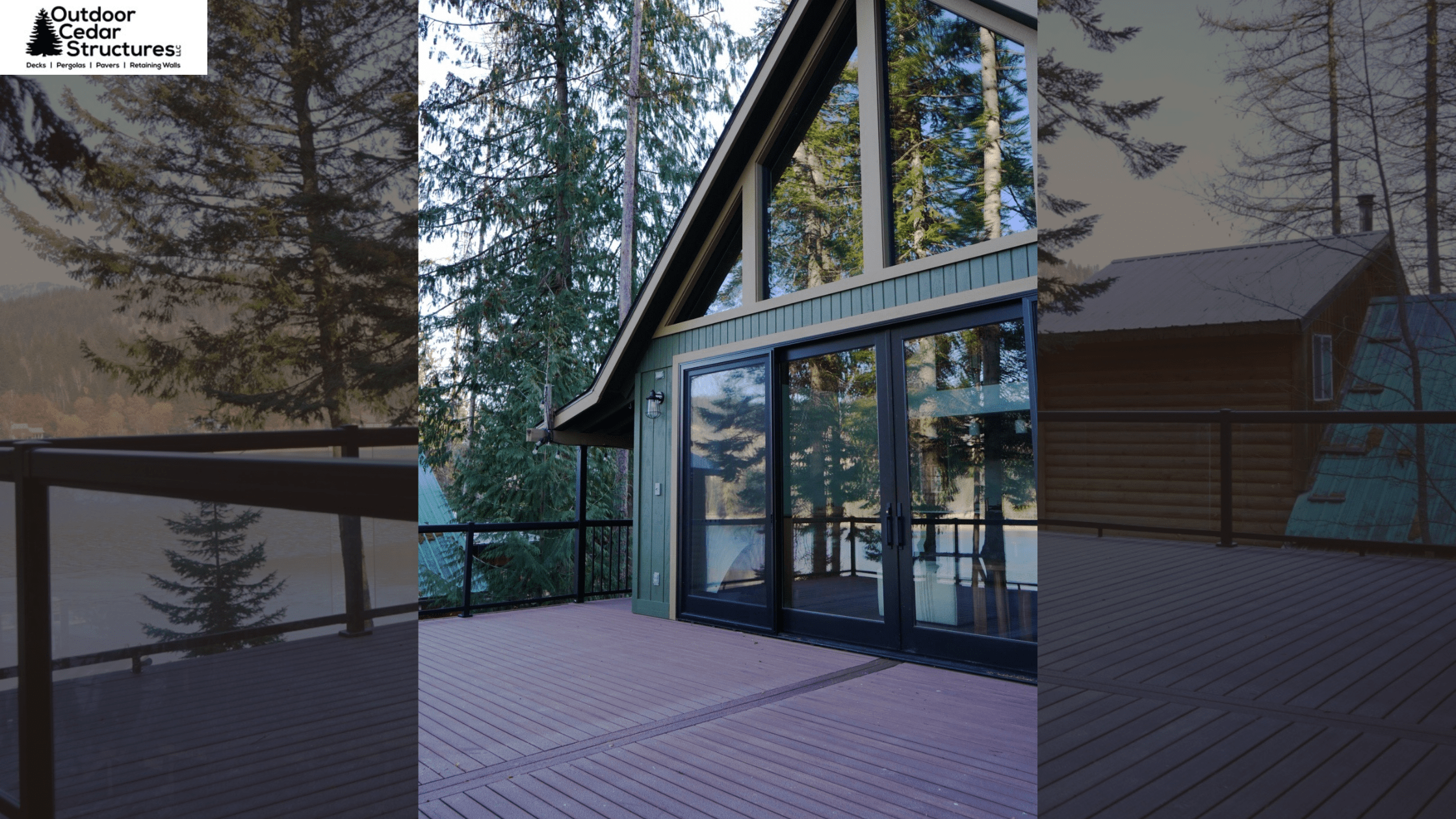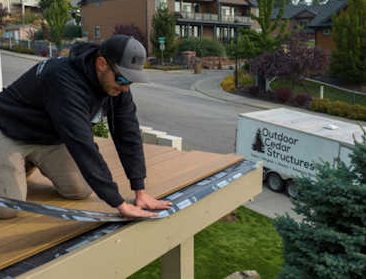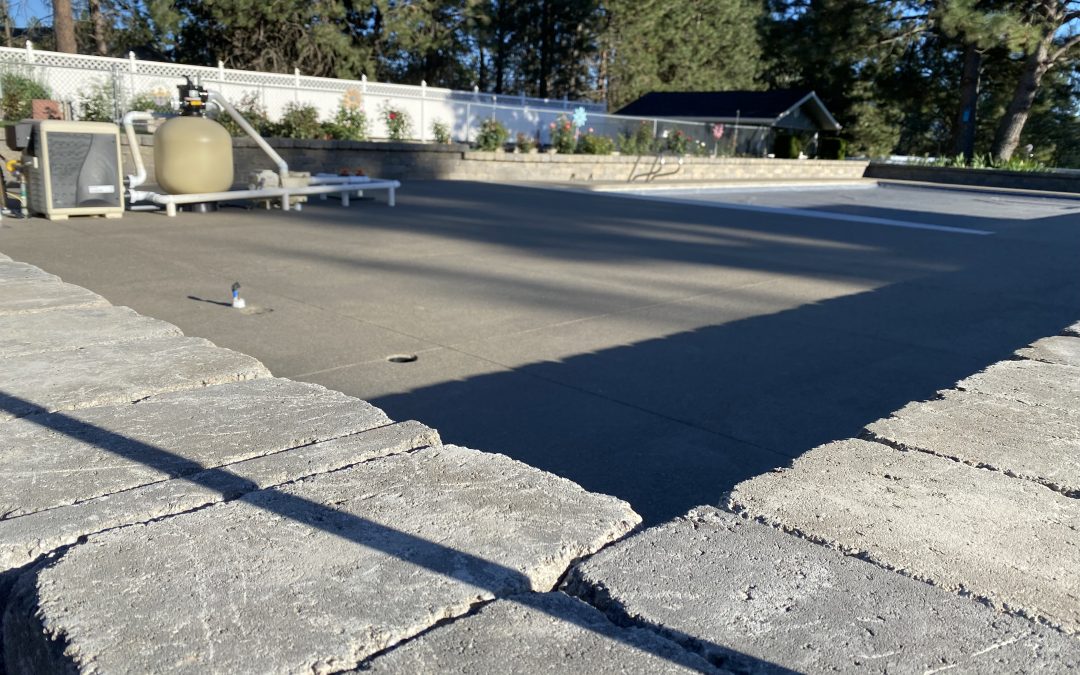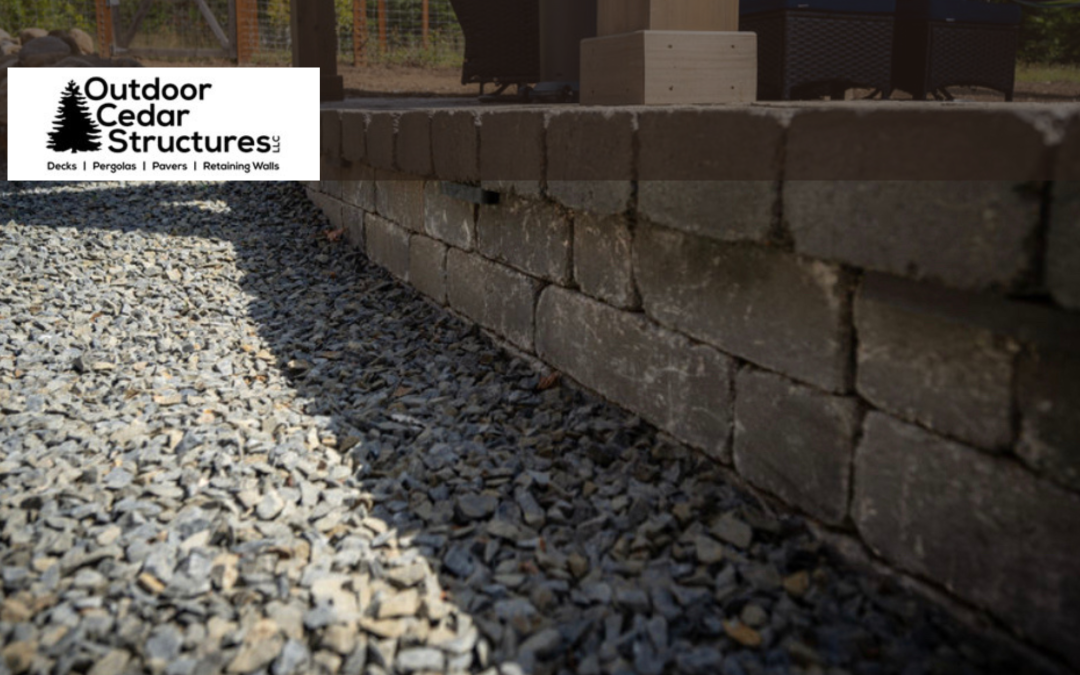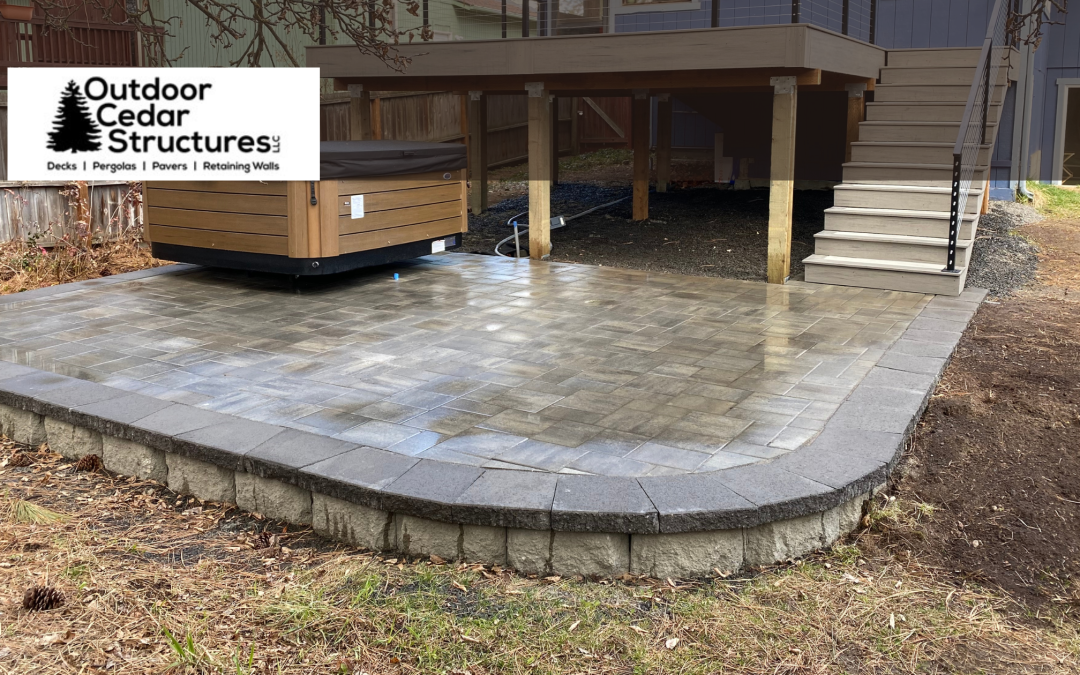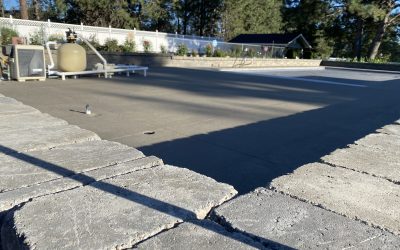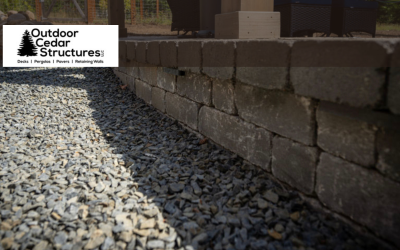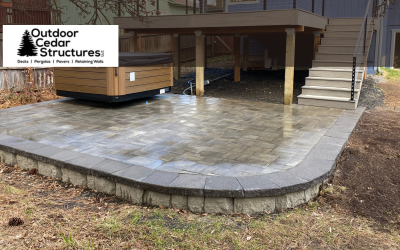Has your home deck been around for a few years? If you’re noticing signs of deterioration or damage, you’re probably asking: Should I repair or rebuild? The decision to fix or replace your deck ultimately depends on various factors, such as:
- · The deck’s age.
- · The cost of repairing vs rebuilding a deck
- · The extent of the damage
- · The structural integrity of the deck
- · Any safety issues you’ve experienced so far.
To take the guesswork out of this choice, here’s a checklist to help you determine whether it’s best to rebuild or repair your home deck. This checklist also includes insights for determining if repairing your deck is the best way to move forward—and how to do it.
Here is the checklist for evaluating your home deck’s condition:
1. Look for signs of deterioration and damage.
Visually inspect your deck and look for the following common signs that it needs repair:
· Structural issues – Have you noticed any leaning, wobbling, and sagging? These are signs of deterioration and must be addressed before they lead to safety issues. Some repairs—such as adding or tightening fasteners, adding a new support beam, or repairing deck joists—may fix these issues. But if the structure has deteriorated too much to the point where it has become a safety hazard, it’s time to consider wooden deck repair.
· Deteriorating or loose railings, stairs, or boards – Look for signs of deterioration on the boards, stairs, and bars. Are there a few loose boards? Replacing the deck board could fix the issue. But a complete deck replacement may be better if multiple boards are loose.
Additionally, check the quality of the boards. Can they still be fixed? New supports or screws won’t be able to fix deteriorated wood. It needs to be replaced. Consider switching to durable materials that withstand the elements and extreme conditions, such as PVC or composite decking.
As for the railings and stairs, you can replace them if the rest of the deck is still in good shape. Replacing the supports and screws or tightening the connections can make a loose railing good as new. The same goes for stairs made from deck boards. Just replace all or some of the decking if it has deteriorated too much.
· Insect infestations, decay, and rot – You must replace the entire structure, especially when the corruption has spread. These issues are common on wooden decks, and the damage they cause is irreversible.
If you’re rebuilding your deck, choose PVC and composite decking to keep insects away. These materials resist decay and rot, prolonging your deck’s lifespan while making the structure low maintenance.
Pro tip: Don’t wait too long to address insect infestation, rot, and decay as soon as possible, or they could spread to the rest of your house!
· Too much warping, cracking, or splintering – Wooden decks are prone to warping, splintering, or cracking. Even if the issue is minor, don’t ignore it! Find a guide on how to repair a wooden deck and replace the damaged boards. But if you notice too much cracking, splintering, or warping, it’s time to rebuild.
· Discoloration or fading – This issue is common with wooden decks and can be fixed by re-staining or repainting, especially if your deck is new. It’s easy to find information on how to refurbish a deck to fix noticeable discoloration or surface fading. Try to repaint or re-stain your deck every year or two to preserve its looks.
Pro tip: Is your wooden deck 10 years old or older? Consider replacing it. Even if you’ve been diligent with regular repainting or re-staining, an older deck will reach a point where it can no longer absorb new stains as effectively as it did when it was new.
· Missing or loose fasteners that cause safety hazards – Home Deck boards that are otherwise in good condition can still experience issues with loose or missing screws, pins, or nails. This can result in safety issues and compromise the deck’s structural integrity. If you notice these signs, tighten them or replace them immediately.
2. Assess the damage.
Did you tick a lot of boxes on that checklist? After identifying those issues, follow these tips to assess whether you need to replace or repair:
· Tip #1: See if the damage is widespread or localized – If the issues only affect a few boards, it’s enough to replace or repair them. Consider a complete replacement if they are more widespread and affect the entire deck.
· Tip #2: Consider your deck’s overall condition and age – All balconies (regardless of the material) will age and eventually need to be replaced. They have different timelines before they need rebuilding. For instance, the lifespan of wooden decks is around 10-15 years, while PVC and composite decking lasts at least 25 years. If your deck is nearing that age and showing widespread damage, it’s time for a replacement. Repairs will only cost you more down the road as the damage accumulates.
· Tip #3: Find out if the damage impacts the home deck’s safety and structural integrity – This is the most important consideration, regardless of your deck’s age. If the damage is causing safety issues, repairs will not likely solve them, so you must replace your deck.
Need help evaluating your home deck?
Calling a professional is the best way to determine whether you need to repair or rebuild your deck. They can also offer solutions to improve your home deck’s structural integrity and safety.
Whether replacing or building a deck in Spokane, look no further than Outdoor Cedar Structures LLC for assistance. Contact us for a free design consultation or call (509) 329-6054.

